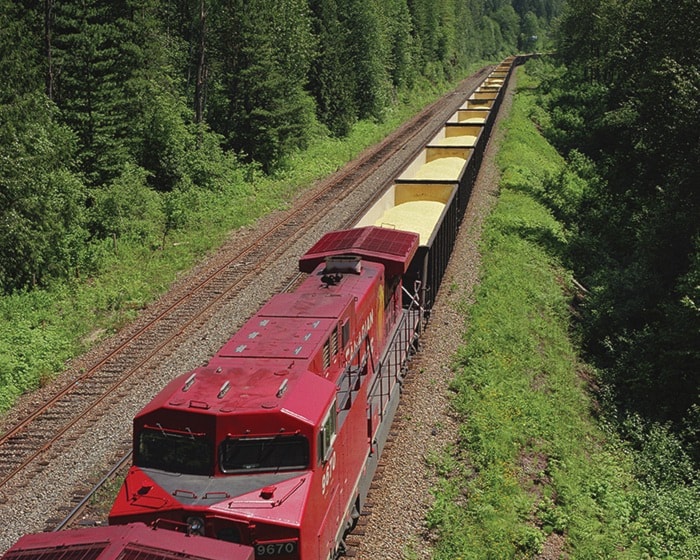The City of Pitt Meadows will meet with Canadian Pacific Railway to ensure there are emergency measures in place to prevent a deadly disaster.
The call to meet with CP officials comes a week after a runaway train carrying crude oil destroyed much of the Quebec town of Lac Megantic.
Pitt Meadows Mayor Deb Walters said council received a letter from a concerned resident asking if there were any precautions in place to prevent a similar tragedy.
CP will be meeting with council Oct. 8 to discuss the issue.
Shipping oil by rail has been on the upswing as pressure grows to get landlocked Alberta oil out to global markets.
Train loads of crude oil aren’t yet rolling through Metro Vancouver for export, but there’s growing speculation that could come, particularly if proposed new pipelines are rejected. (Small amounts of crude have come by truck or train to Chevron’s Burnaby refinery at times when it was unable to get enough supply from the over-subscribed Trans Mountain pipeline.)
But poisonous and explosive gases do roll on rail through heavily developed Metro neighbourhoods and those are the cars that are of greatest concern to emergency responders if a train derails.
Surrey Fire Chief Len Garis said one risky substance is propane, which is explosive and heavier than air, so it doesn’t readily dissipate.
Other chemicals that move on rail in this region include chlorine, hydrochloric acid and sodium hydroxide, which spilled from CN Rail cars into the Cheakamus River in 2005, killing half a million fish.
Rail disasters are a “low frequency, high risk” threat that emergency responders in the region prepare for, Garis said.
“We haven’t taken it lightly.”
But he emphasized the rail industry’s safety record of moving dangerous goods has steadily improved since a 1979 chlorine leak in Mississauga, Ont. forced the evacuation of 218,000 people.
That incident triggered major regulatory reforms, including beefed-up tanker cars for hazardous goods.
“The rail cars that carry commodities that pose risks are designed to roll over, they’re designed to crash into each other end-on-end, so even if they do derail, they’re designed to withstand the consequences of that,” Garis said.
“The track record in recent years is extremely positive.”
Garis also noted the volumes of such chemicals moving here are relatively small.
Unlike derailments in rugged slide-prone parts of B.C., Garis noted the Lower Mainland is mostly flat and trains move slowly so risks of an accident are reduced.
Canadian Pacific has revised its safety rules following the disaster:
• all trains carrying dangerous material will not be left unattended on main line track;
• if trains must be left unattended, the locomotive will be locked;
• brake-setting procedures will be strengthened.
– with files from Jeff Nagel
